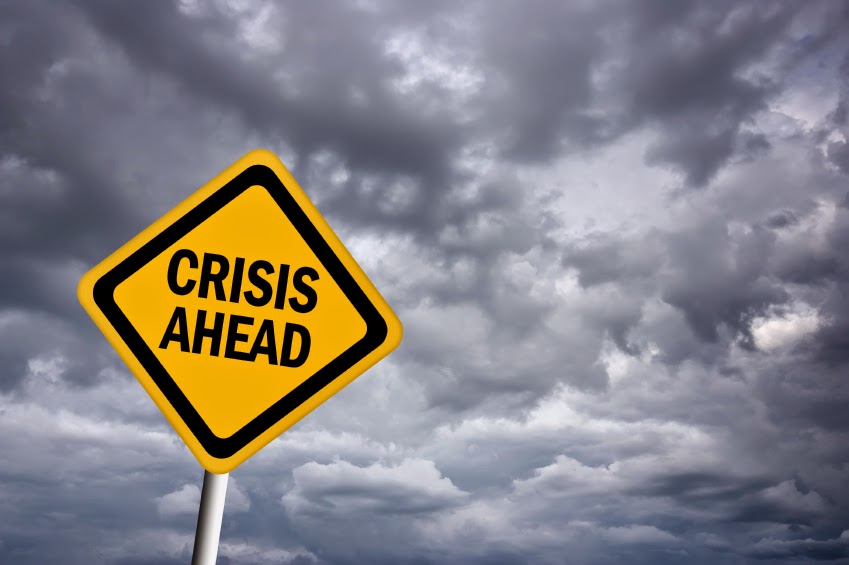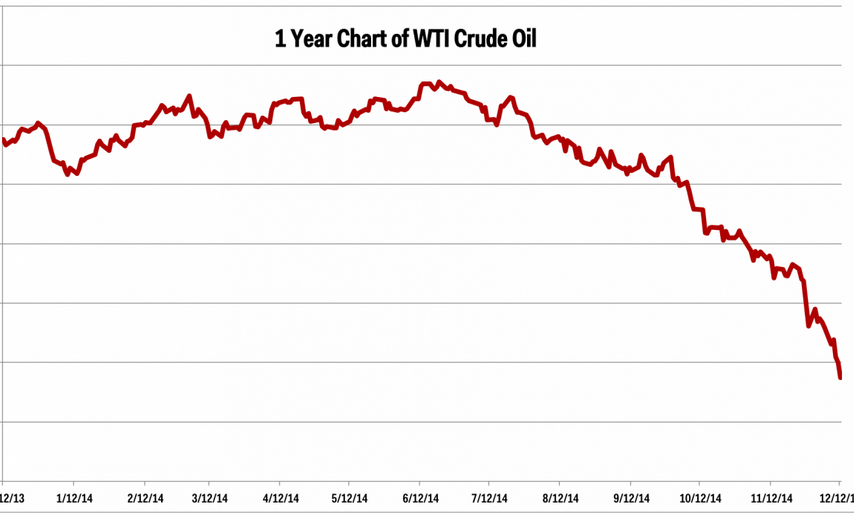The current economic system, where money is created as interest bearing debt by banks, is coming to the end of its useful life. Three distinct movements all tell us this – those concerned about climate change, those concerned about global declining economic growth (the ones who understand its connection with peak oil), and those who know that rising private debt is dangerous and sure to end in tears.
1. The Demand for Economic Growth means Climate Change is not tackled properly.
In 1972 the world’s first whole-country environmental party, the New Zealand Values Party, questioned whether economic growth was making us better and happier. Economist Richard Douthwaite in his book The Growth Illusion wrote about the need for economic growth to be at least as high as the interest rate banks charged on money. Charles Eisenstein eloquently outlined the way the growth imperative financialises and thus depletes both our natural and our social capital. “The financial crisis we are facing today arises from the fact that there is almost no more social, cultural, natural, and spiritual capital left to convert into money.”
The politics of climate change has highlighted the unfortunate situation where, given the choice between doing something meaningful about climate change and championing economic growth, governments will always opt for the latter and claim it is a matter of “balance”. The need for economic growth always trumps the need for climate action. As a result, according to the former United Nations climate chief Christiana Figueres we now only have three more years to turn around emissions or we will not reach the targets of the Paris Climate Accord. Carbon dioxide levels are flat at the moment, but an unprecedented effort is needed from all parties in the next three years.
Naomi Klein in her ground breaking book This Changes Everything says:
“Our economic system and our planetary system are now at war. Or, more accurately, our economy is at war with many forms of life on earth, including human life. What the climate needs to avoid collapse is a contraction in humanity’s use of resources; what our economic model demands to avoid collapse is unfettered expansion. Only one of these sets of rules can be changed, and it’s not the laws of nature.”
2. We have reached peak efficiency in getting energy from using energy
We seem to have forgotten peak oil issues. Globally conventional oil production peaked in 2005 and unconventional oil peaked in 2015. But peak oil didn’t play out as we expected. We had omitted to factor in debt; because they had to spend more energy to get energy, fossil fuel firms had to go into debt and this kept growing. Two authors worth reading on this topic are Nafeez Ahmed and actuary Gail Tverberg. The former writes articles like this. It says we need a new economic system because we can no longer get the required economic growth. This is because the energy return on energy invested (EROI) has been on the decline since the 1940s. We used to get 50 times the amount of energy out of using 1 barrel full of oil to extract it. We now get only about 15 times that amount. This number will continue to decline. And it’s the same for gas and for coal. The decline is irreversible. The consequences for the global economy are profound and widespread.
Because we need more and more energy to keep the system going, less is left for the real economy. Tverberg carefully concludes that declining productivity growth is a result and also stagnant wages. Ahmed says James D Ward of South Australia argues that, although it was widely believed we could, GDP growth cannot really be decoupled from environmental impacts. Ward says what has happened is that we have financialised the GDP through the creation of new debt without increasing material or energy throughput. (That was done by Quantitative Easing. CNBC said it was a total of $12 trillion, and you can expect that to have a huge effect on the global economy. It did.) He also notes growing inequality of income and wealth. He demonstrates that GDP cannot be sustained indefinitely.
As far as growing inequality of wealth is concerned, Ward hasn’t yet spelt out that this is caused when we have a huge blowout of credit from QE at the same time as we fail to collect the land rent on rising land prices. The huge asset bubble created by QE has blown up house prices and the sharemarket. With a tax system that fails to tax assets (or at least land and natural resources) the wealth gap continues to rise.
Those without access to land and natural resources and natural monopolies fall into poverty and homelessness. Add the fact that wages remain low, jobs precarious and a punitive benefit system, many are in abject poverty.
All these factors combine for political instability resulting in the election of Trump and in Brexit. The growing section of population with casual work or precarious work are called the Precariat. Those with low wages with house buying beyond their wildest dreams are desperate. During elections they will now be clutching at straws, as there seems no hope for progress.
So we are now getting scholars who understand the fossil fuel energy issue and its effect on global growth saying we need a new economic model. This is new.
3. The third movement is those who know about the consequences of creating money as interest bearing debt. It produces instability as outlined by economists who follow the late Hyman Minsky. The Minsky moment is the point at which excess private debt sparks a financial crisis. Minsky said that such moments arise naturally when a long period of stability and complacency eventually leads to the build up of excess private debt and overleveraging. At some point the system collapses and it can happen quickly.
Followers of the new economics movement are generally aware that there has to be a big system change and have been saying this for decades now. However with the demand coming from three different directions, it is just a guess as to which will prevail. Maybe with the rise of the basic income movement something may change. Those who recognise the irony of politicians who turn a blind eye to $12 trillion dollars appearing from nowhere to rescue banks yet say we can’t afford a basic income will push this thing forward. Maybe environmentalists will stick to their environmentalism and monetary reformers will continue on recommending the same thing decade after decade while the planet burns and fascism threatens. .
Summary
The New Economics Movement people who met between 2011 and 2015 to discuss a new economic system have produced ideas. These are crystallised to the best of my ability in my book The Big Shift: Rethinking Money, Tax, Welfare and Governance for the Next Economic System whose website is deirdrekent.com It can be bought here






 Roosevelt stood up to the banks in the 1930s and it takes leadership to do it. We need the leaders. We need capital controls to control borrowing across borders. Banks go looking to find they can borrow at 3% from China but 4% at home. Roosevelt brought in capital controls. Secondly we need to stop banks lending for speculation. She says politicians have been taken in by bribes from banks. We must hold our politicians to account. Once the public understands, there is no stopping them. If people understand that banks create money out of thin air and charge exorbitant rent on it, then it snowballs. One in five voted for Fascist party in the French elections, very worrying, similar to Germany in the1930s. People are desperate and can’t articulate it.
Roosevelt stood up to the banks in the 1930s and it takes leadership to do it. We need the leaders. We need capital controls to control borrowing across borders. Banks go looking to find they can borrow at 3% from China but 4% at home. Roosevelt brought in capital controls. Secondly we need to stop banks lending for speculation. She says politicians have been taken in by bribes from banks. We must hold our politicians to account. Once the public understands, there is no stopping them. If people understand that banks create money out of thin air and charge exorbitant rent on it, then it snowballs. One in five voted for Fascist party in the French elections, very worrying, similar to Germany in the1930s. People are desperate and can’t articulate it.